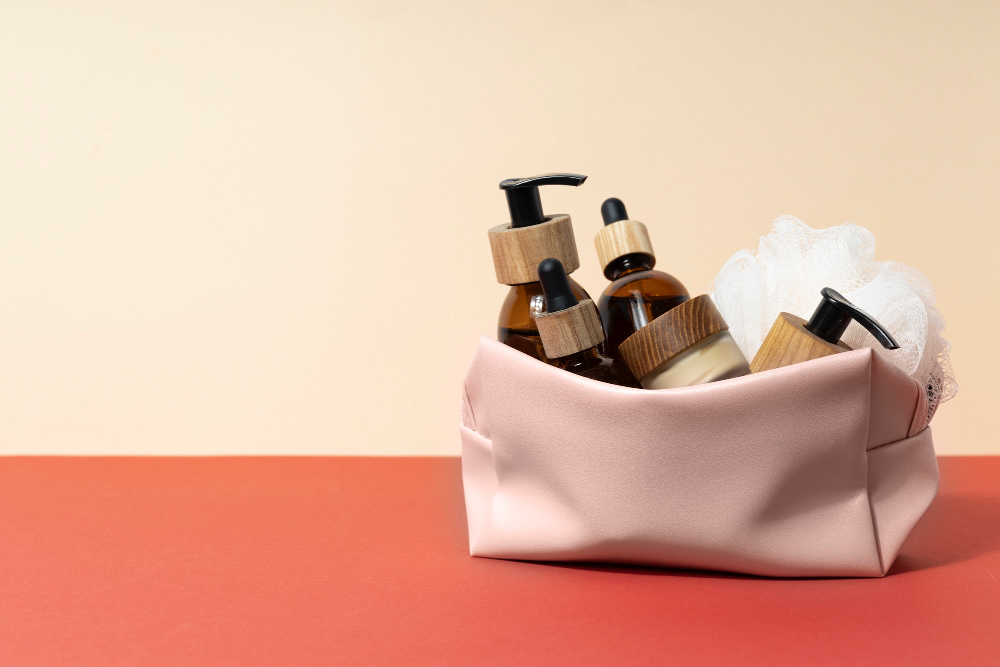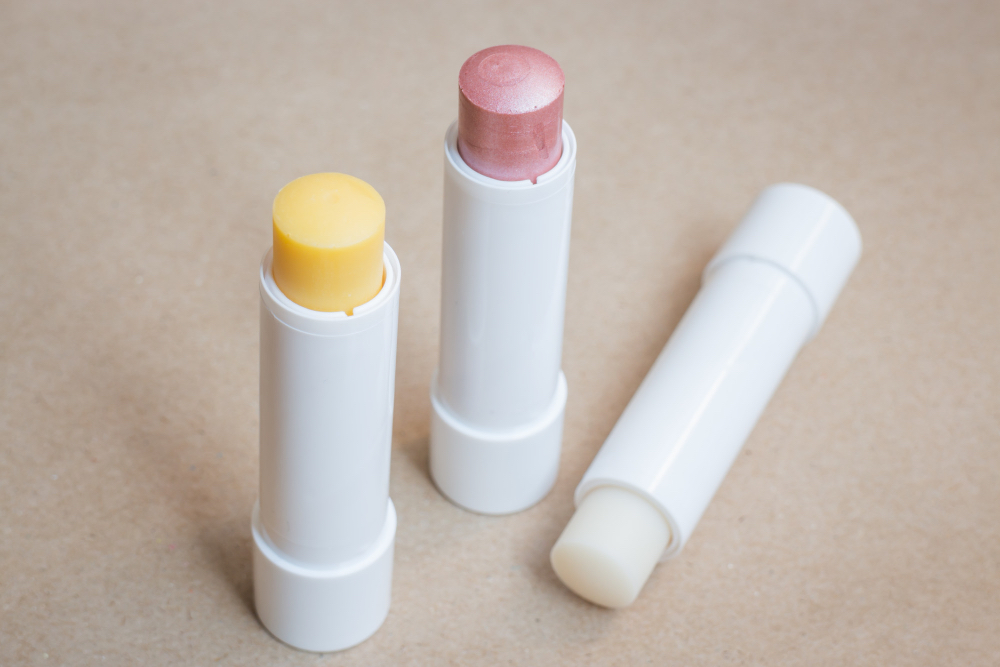In today’s skincare market, where consumers are flooded with choices and new brands appear daily, trust has become the ultimate currency. Beyond glossy marketing and influencer endorsements, what truly builds a lasting connection between a skincare brand and its customers often comes down to one crucial element — packaging.
Packaging is not just a container; it’s a communication tool. It reflects a brand’s values, promises product safety, and shapes the user’s first impression. In skincare, where products interact directly with the skin, the design, material, and functionality of packaging play a vital role in establishing confidence and credibility.
1. The First Impression: Packaging as a Reflection of Brand Integrity
When a customer encounters a skincare product, the packaging is the very first touchpoint. Before the scent, texture, or results can be experienced, the design and presentation convey everything the brand wants to say — consciously or subconsciously.
Premium packaging suggests quality and efficacy. Clean, minimalist designs communicate transparency and trustworthiness, while vibrant, innovative packaging can indicate creativity and modern appeal. On the other hand, poor-quality materials, inconsistent labeling, or damaged seals immediately create doubt about what’s inside.
In short, packaging becomes the silent ambassador of trust — setting expectations before the product is even tried.
2. Functionality and Protection: Ensuring Product Integrity
A major factor influencing consumer trust in skincare packaging is functionality. Unlike many consumer goods, skincare products are sensitive — they can degrade or lose potency when exposed to air, light, or bacteria. That’s why packaging design must prioritize protection and preservation.
- Airtight containers prevent oxidation and contamination, ensuring active ingredients like vitamin C or retinol remain effective.
- UV-protected bottles and jars shield products from harmful sunlight, maintaining stability and safety.
- Airless pumps and droppers allow precise dispensing without exposing the formula to external elements, ensuring both hygiene and product longevity.
When customers notice thoughtful design — such as tamper-proof seals, hygienic dispensers, and well-structured closures — they associate the brand with reliability, care, and scientific integrity.
3. Transparency in Labeling: The Foundation of Credibility
Today’s skincare buyers are informed and inquisitive. They want to know what’s in their products, where ingredients are sourced, and how safe they are. Hence, transparent labeling has become a core aspect of trustworthy packaging.
Brands that clearly display ingredients, usage instructions, manufacturing dates, and certifications stand out as responsible and honest. Misleading claims or missing information, on the other hand, can severely damage brand reputation.
A well-labeled skincare product not only informs but empowers the user to make confident choices — and this empowerment breeds loyalty.
4. Sustainability and Ethics: Trust in a Conscious Era
Modern consumers aren’t just buying skincare for personal beauty; they’re buying into values. They prefer brands that care for the environment as much as they care for their skin. This is where sustainable packaging becomes a cornerstone of trust.
- Recyclable and biodegradable materials such as glass, HDPE, or paper-based laminates reduce environmental impact.
- Refillable packaging systems appeal to eco-conscious users seeking to minimize waste.
- Minimalistic and clean packaging reduces clutter while symbolizing ethical simplicity and responsibility.
When a brand invests in sustainable design — from material choice to eco-friendly inks and minimal plastic use — it communicates responsibility and authenticity. It tells customers, “We care about your skin and the planet.”
This ethical approach strengthens long-term relationships and aligns the brand with the values of conscious consumers, especially among younger demographics who equate sustainability with integrity.
5. Emotional Connection: Packaging that Feels Personal
Beyond function and sustainability, the emotional aspect of packaging is equally powerful. The texture, color, and ease of use all contribute to how a customer feels while using the product.
Soft-touch finishes, elegant glass bottles, or eco-friendly paper tubes create a tactile experience that enhances user satisfaction. Consistent design language — across product lines — helps customers recognize and trust the brand easily.
In a world where skincare is tied to self-care and daily rituals, packaging that delivers a premium, comfortable experience can transform a one-time buyer into a loyal advocate.
Conclusion
In skincare, trust is built long before the first application — it begins the moment a consumer sees the product on the shelf or screen. Thoughtful packaging that combines functionality, transparency, sustainability, and emotional appeal builds confidence, loyalty, and long-term relationships.
Ultimately, packaging is more than a protective shell — it’s a reflection of a brand’s values, quality, and respect for its customers. For skincare brands aiming to win hearts and trust, the path is clear: design packaging that looks good, feels good, and does good.
Frequently Asked Questions (FAQ)
Q1: Why is packaging important in skincare?
Packaging plays a vital role in protecting skincare formulations from air, light, and contamination. It also influences how consumers perceive product quality, safety, and brand reliability. Thoughtful design and labeling build trust before the first use.
Q2: How does skincare packaging affect customer trust?
Consumers often judge a brand by its packaging. Clean, transparent labeling and high-quality materials signal authenticity and care. On the other hand, unclear or flimsy packaging can create doubt about a product’s safety or effectiveness.
Q3: What types of packaging are best for skincare products?
Airtight bottles, airless pumps, glass containers, and UV-protected jars are ideal for skincare. They help preserve active ingredients, prevent bacterial contamination, and maintain product stability over time.
Q4: How does sustainable packaging influence brand reputation?
Eco-friendly skincare packaging shows a brand’s commitment to the planet and customer well-being. Using recyclable, biodegradable, or refillable materials enhances brand credibility and builds long-term consumer loyalty.
Q5: How can brands design packaging that builds trust?
To build trust, brands should use safe materials, provide clear ingredient lists, follow labeling regulations, and design packaging that reflects transparency and quality. Adding sustainable and user-friendly elements further strengthens consumer confidence.








.svg)
